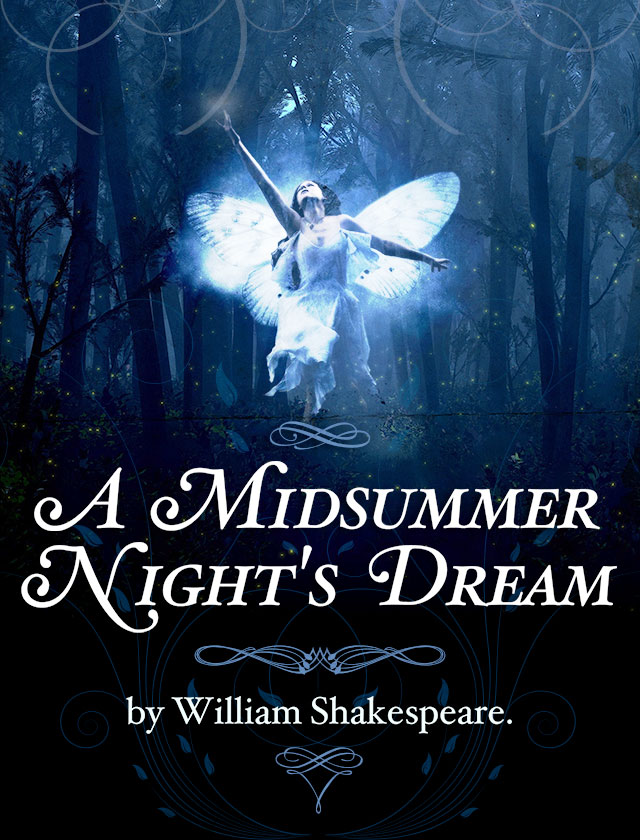A Midsummer Night's Dream
by William Shakespeare
Puck (Robin Goodfellow)
The dramatic structure of A Midsummer Night’s Dream is noteworthy for its absence of a true protagonist, as well as for its number of simultaneous plot lines. Because Puck is the one character who significantly touches and affects each of the plot lines, he is generally considered the play’s main character. Puck is a comic, mischievous fairy who delights in playing tricks on mortals. One of the play’s most famous lines embodies Puck’s spritely attitude about humans: “Lord, what fools these mortals be!” (III.ii.115). Puck’s other name, Robin Goodfellow, was often used in English folklore as name for the Devil, which emphasizes his devilish nature. Puck is clearly established as different from the other, ethereal fairies, and is even referred to in the play as a “hobgoblin.”
However, there is nothing truly evil in Puck’s nature. He is a merry trickster, and his pranks are ultimately harmless. His monologue at the end of the play reminds us of this while at the same time expressing the sort of appeal the playwright himself might have made to his audience. Puck asks us to forgive any “harm” that the performance may have caused and to dismiss the whole thing as a “dream.” In a sense, this could be Shakespeare himself speaking, asking his audience to forgive the too-convenient resolutions of conflict and plot and the absurd humor of the play, and merely enjoy it for the delightful “dream” that it is meant to be.
Sign up to continue reading Puck (Robin Goodfellow) >